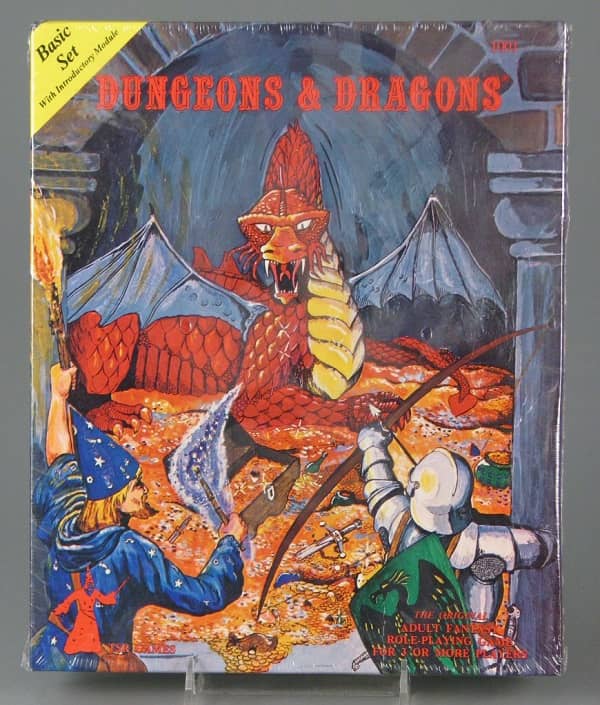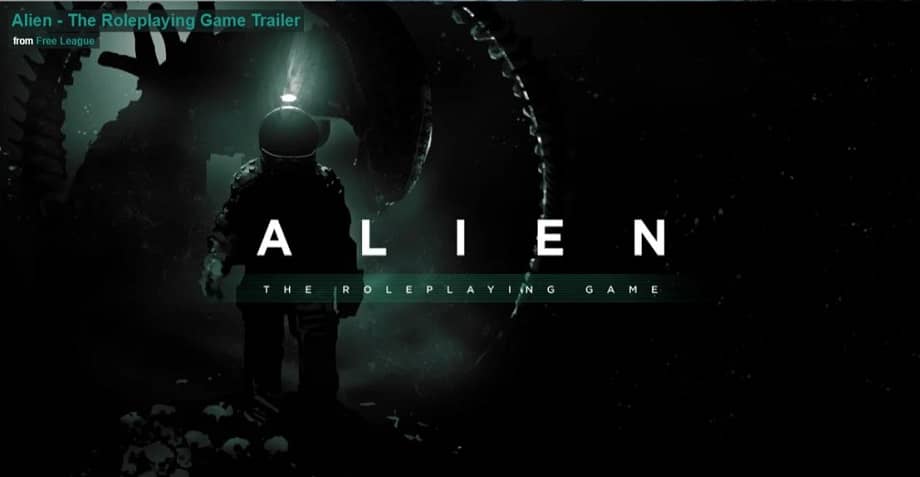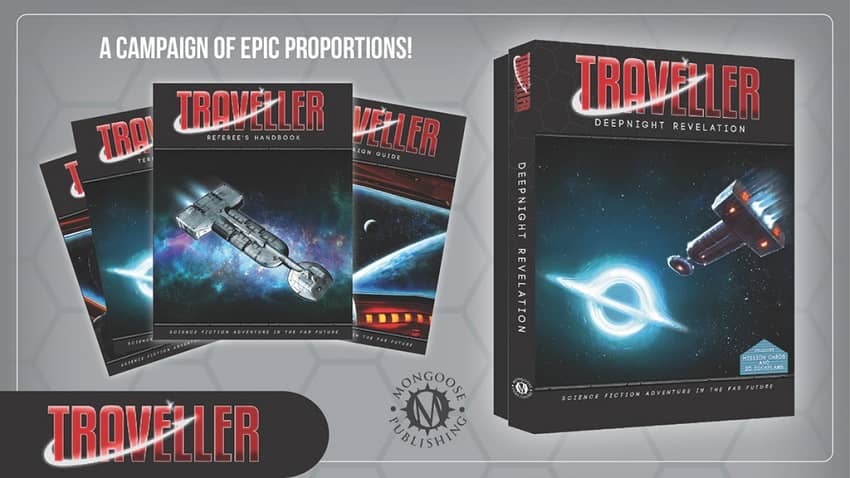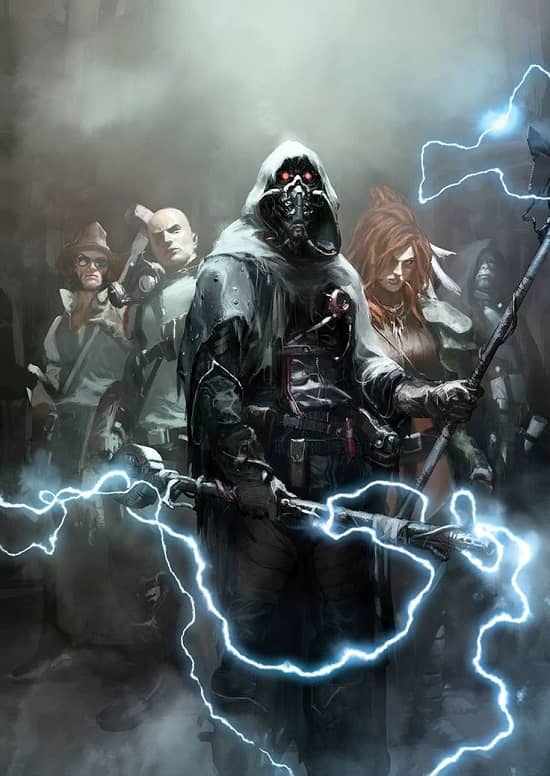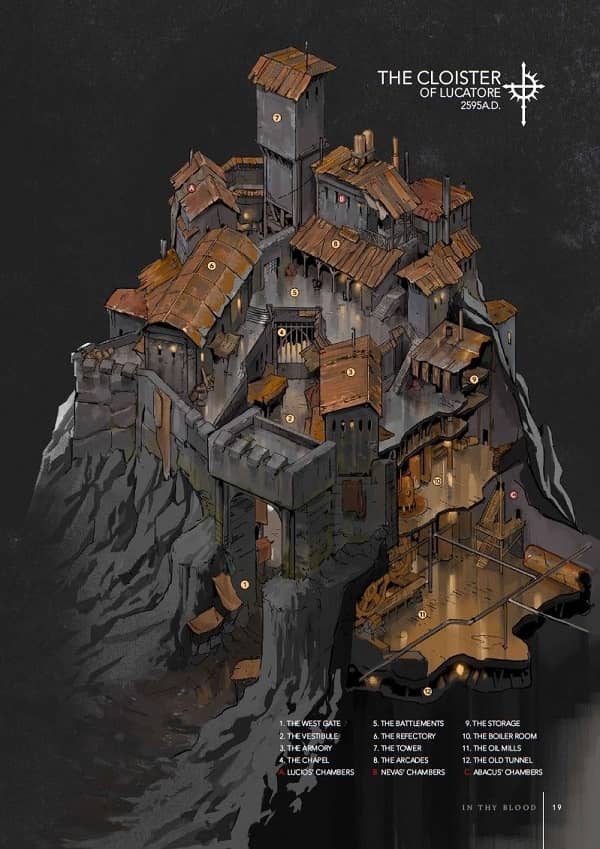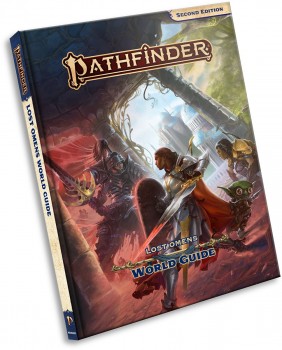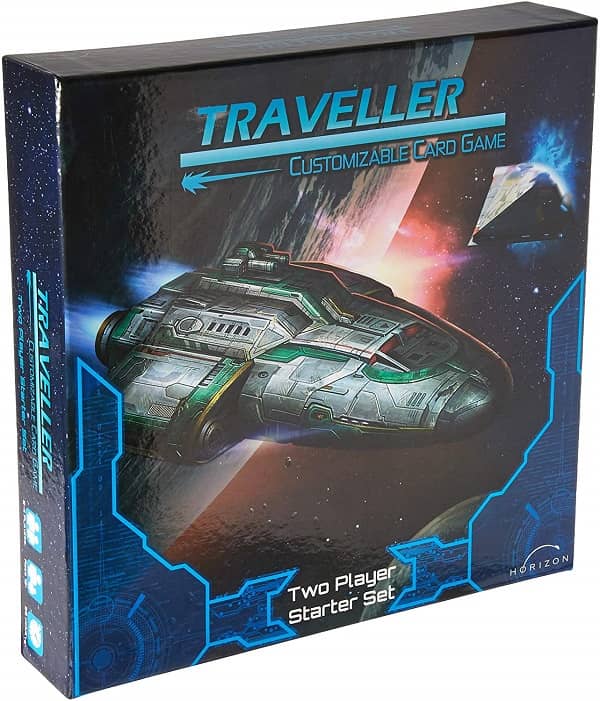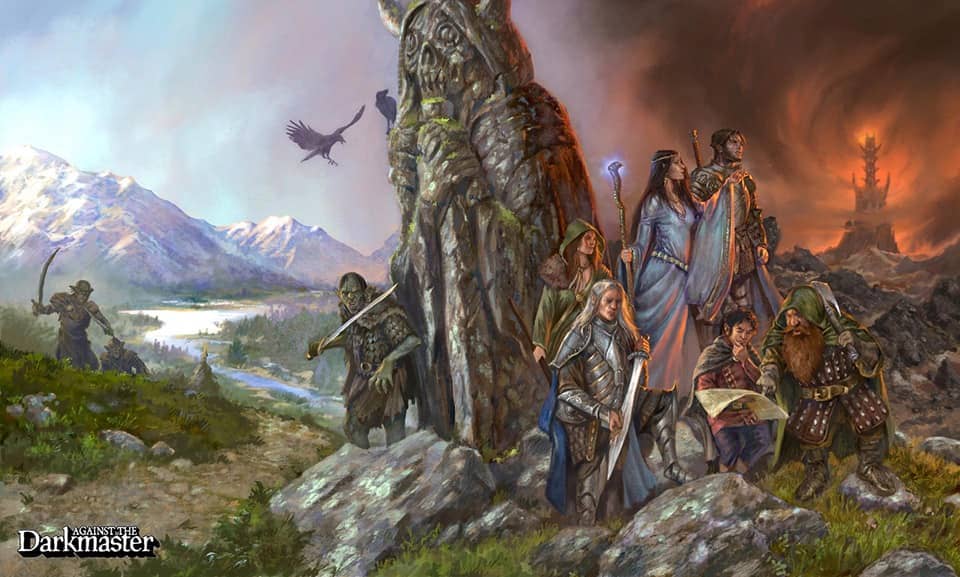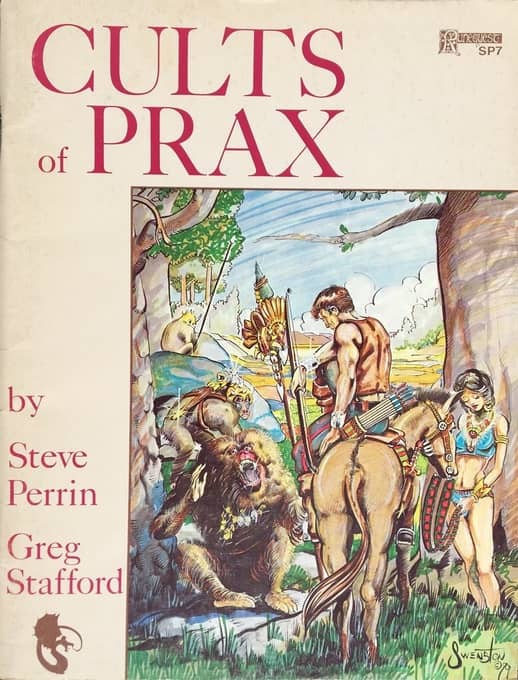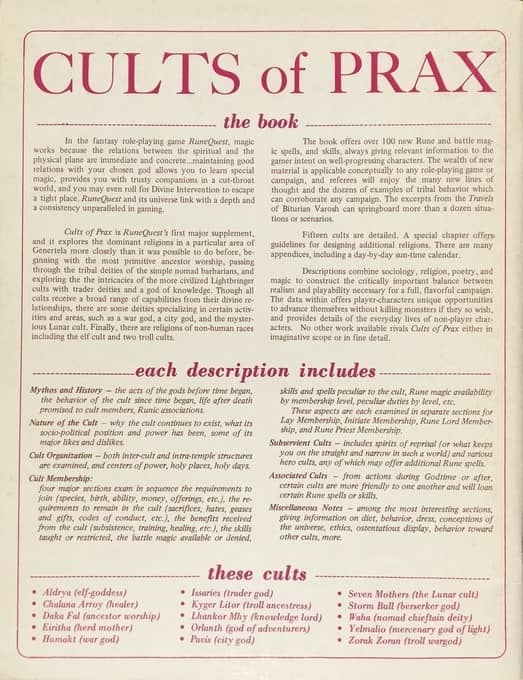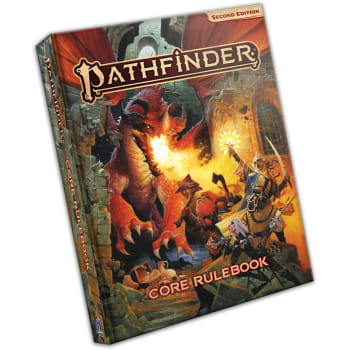The Joy of Starter Kits, Part One
The Dungeons & Dragons Basic Set (TSR, 1977). Cover by David C. Sutherland III
There’s lot of ways to get into role playing these days. But recently the industry has embraced the Starter Kit (sometimes called the Beginner Box, Essentials Kit, Beginner Game, or something similar) in a big way.
They all have their roots in the Dungeons & Dragons Basic Set, the granddaddy of all Beginner Boxes, created by J. Eric Holmes and based on Gary Gygax and Dave Arneson’s original boxed set from 1974. The D&D Basic Set was first published by TSR in 1977. It was the way I learned how to role play, and I wasn’t alone — the D&D Basic Set sold hundreds of thousands of copies in the late seventies, and was so successful it was constantly updated and kept in print by TSR, with revisions in 1981, 1983, 1991, and later.
Gygax’s masterpiece, the Advanced Dungeons and Dragons Players Handbook, was released in June 1978, and was the gateway into role playing for millions of young gamers. Not me, though. That damn thing was a 128-page hardcover, and you needed the Monster Manual and Dungeon Masters Guide just to use it. By contrast, the Basic Set had a slender 48-page rulebook and everything you needed to start playing immediately. That’s right, everything, including dice, a pad of sample maps (“Dungeon Geomorphs), and an introductory adventure we played through at least a half dozen times. I didn’t have anyone to teach me how to role play, but with simple, clear instructions Holmes taught me everything I needed to become an enthusiastic Dungeon Master for my brother and our friends.
At long last the industry is rediscovering the power of Starter Kits to attract and educate new players. The best ones are cheap, easy to learn, and packed with goodies. In just the last few years there have been beginner boxes released for Call of Cthulhu, Pathfinder, Starfinder, Battletech, Dungeons & Dragons, Star Wars, Traveller, Shadowrun, and many others. They haven’t all been well promoted, however, and many gamers who could be taking advantage of an inexpensive entryway into a new gaming obsession are unaware they even exist. Let’s see if we can fix that with a look at a dozen of my recent favorites.
